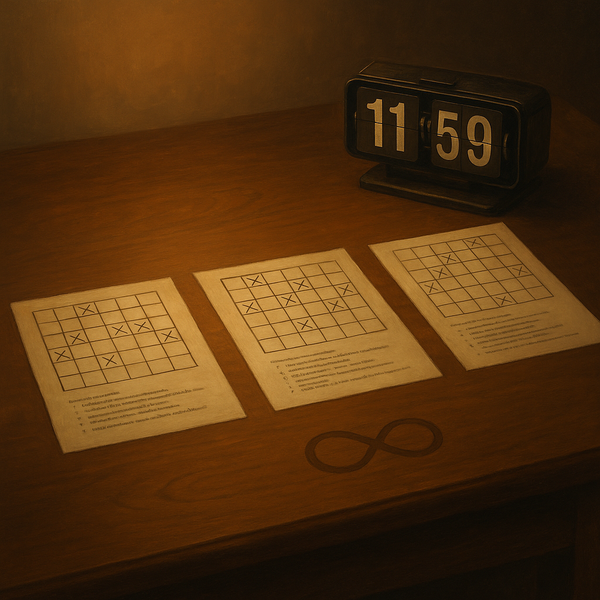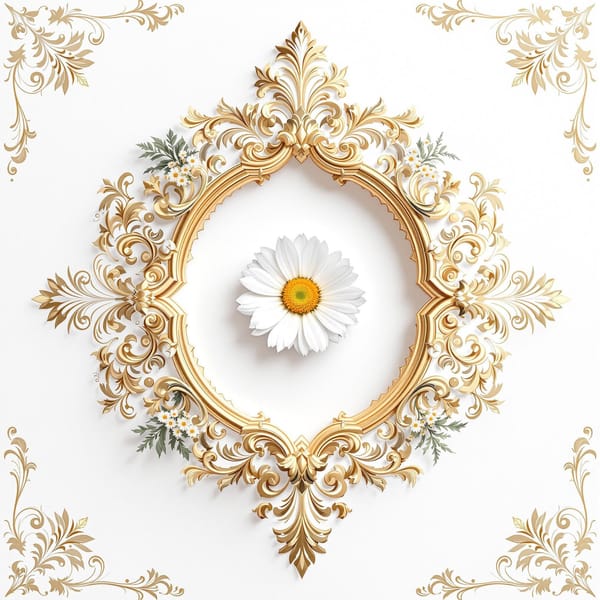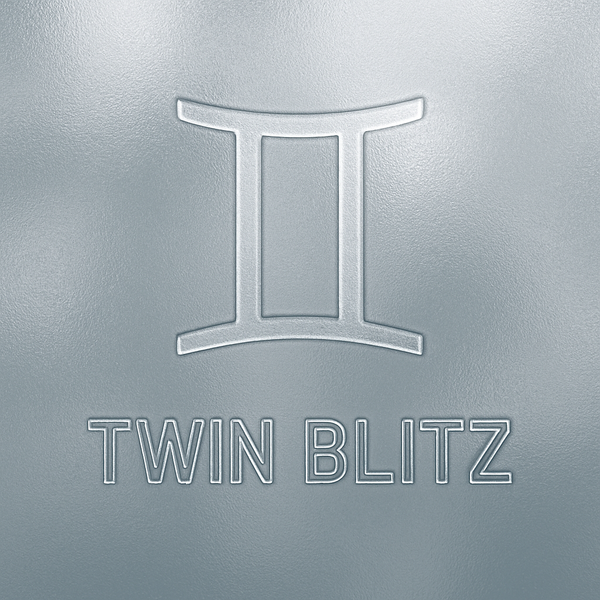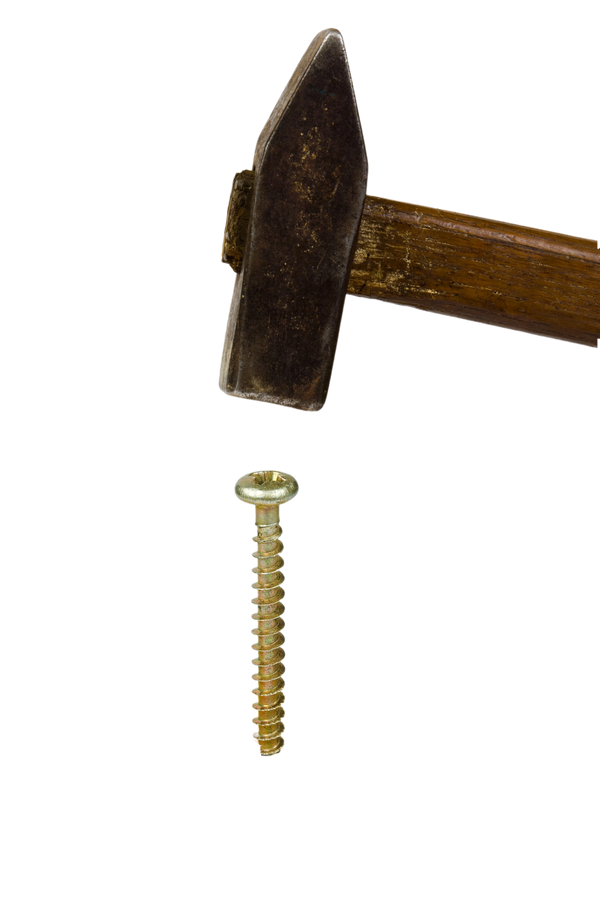The Hidden Bias in ChatGPT's Memory (And How Puzzle Creators Can Outsmart It)
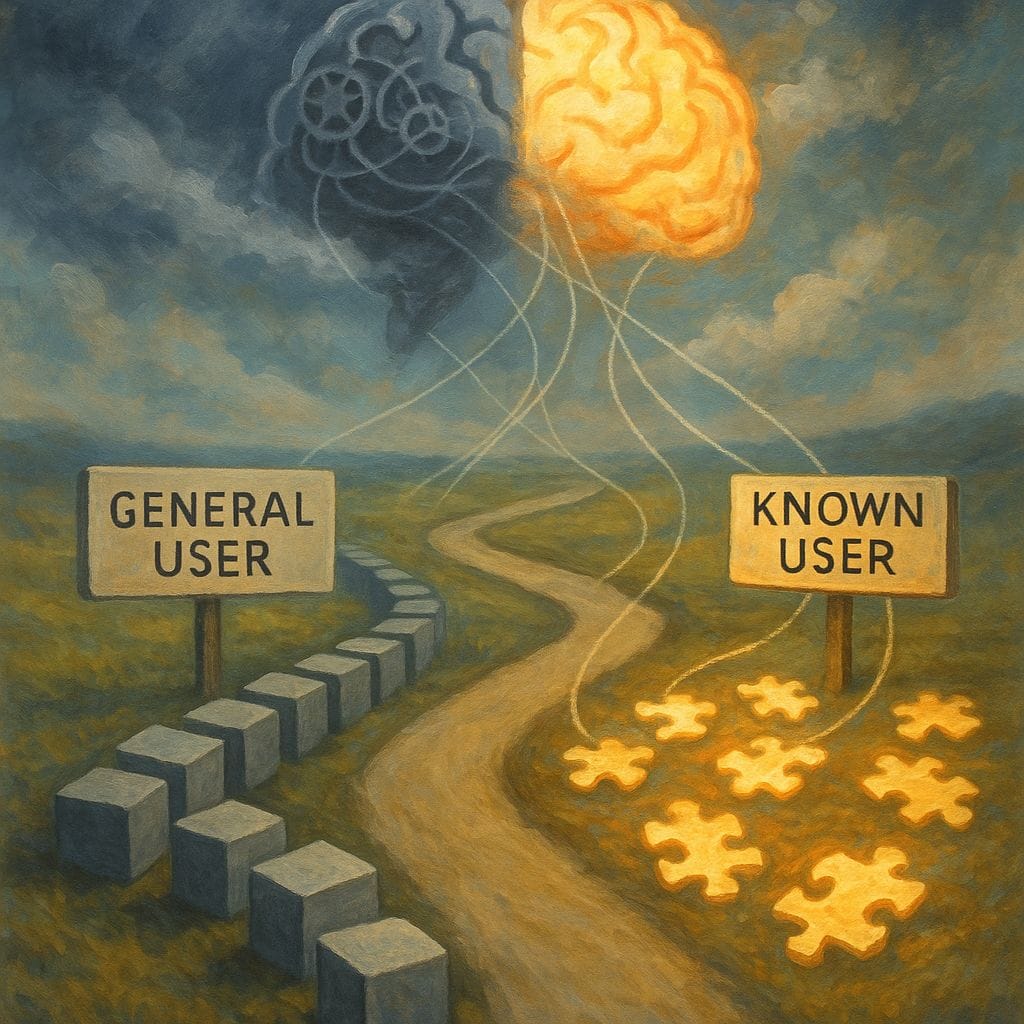
You sit down to brainstorm ideas for your next puzzle book. You fire up ChatGPT, type "Give me 15 fresh word search themes," and hit enter. The suggestions roll in—music genres, animals, seasonal activities. They look good. They feel familiar. Maybe too familiar.
Three books later, you realize something unsettling: your puzzle collections are starting to blur together. Your creativity in puzzle book design feels stuck in a loop, and you can't figure out why.
The culprit might be hiding in plain sight—your AI assistant's memory.
How ChatGPT Quietly Shapes Your Creative Choices
ChatGPT has two distinct ways of remembering information about you, and understanding the difference changes everything for puzzle creators seeking creativity in puzzle book design.
Custom Instructions are the explicit rules you set once—formatting preferences, tone guidelines, specific requirements. Think "Write in a conversational tone" or "Keep responses under 500 words." These stay static until you change them.
Memory operates differently. It's ChatGPT's dynamic learning system that quietly builds a profile based on your conversations, preferences, and reactions over time. According to OpenAI, this feature makes responses "more personalized and relevant" by remembering useful details between chats.
Here's where it gets interesting for creativity in puzzle book design: Memory doesn't just remember facts—it develops assumptions about your preferences and begins tailoring suggestions accordingly.
For example:
- Custom Instructions might specify: "Format all puzzles with clear instructions and answer keys"
- Memory might conclude: "This creator prefers educational themes over entertainment themes and avoids common categories like sports"
The personalization feels helpful at first. ChatGPT seems to "get" your style. But over time, those helpful assumptions can become creative constraints, subtly narrowing the range of ideas you receive without you realizing it.
I Asked ChatGPT About Its Own Bias
Curious about how this actually works, I decided to ask ChatGPT directly. The response was eye-opening.
When I asked how its memory affects the suggestions it gives me versus a new user, ChatGPT openly acknowledged providing different content based on my puzzle designer profile. It admitted to offering me suggestions with "more creative edge" while giving new users "more safe/expected" content.
To test this, I asked for word search themes in both my regular chat (with memory active) and a temporary chat (memory disabled). The contrast was striking:
My personalized suggestions included:
- Obsolete Technologies
- Words That Break Spelling Rules
- Untranslatable Words
- Secret Societies
- Palindromes & Wordplay
The general user received:
- Animals
- Fruits and Vegetables
- U.S. States
- Sports
- School Supplies
ChatGPT even commented that my list "leans quirky, meta, or layered" while the general list was "standard, friendly, and safe for general audience use."
Neither approach is inherently better, but for creativity in puzzle book design, awareness matters. The market rewards fresh perspectives, and unconscious AI bias might be limiting your creative exploration.
The Memory Effect on Your Design Process
This personalization creates subtle but significant impacts on creativity in puzzle book design:
Theme Clustering: If you've discussed music-themed puzzles recently, future brainstorming sessions will skew toward musical variations—instruments, genres, composers—rather than exploring completely different categories.
Format Fixation: Frequent requests for grid-based puzzles train the AI to suggest grid variations instead of introducing entirely different puzzle structures like mazes, story puzzles, or interactive formats.
Complexity Assumptions: The AI learns your preferred difficulty levels and audience targets, potentially overlooking opportunities to expand into different market segments.
Style Reinforcement: Your established design preferences become self-reinforcing, making it harder to discover approaches that might resonate with different buyer personas.
The result? Your puzzle books begin reflecting a narrower creative bandwidth than you might realize, potentially limiting your market appeal and reducing the diversity that makes collections stand out on platforms like Etsy, Gumroad, and KDP.
Breaking Free with Temporary Chats
OpenAI provides a simple solution: Temporary Chats. According to their documentation, "Temporary Chats won't reference memories and won't create new memories."
This feature transforms how you approach creativity in puzzle book design by offering perspective without historical bias.
Starting a Temporary Chat takes seconds:
- Click "New Chat"
- Toggle on "Temporary Chat"
- Ask your brainstorming questions
In Temporary Chat mode, ChatGPT responds as if meeting you for the first time. No assumptions about your preferences, no learned biases about your style, no reinforcement of previous creative directions.
The difference in creative output can be remarkable. Where your regular chat might suggest variations on familiar themes, Temporary Chat introduces genuinely different concepts you might never have considered.
A Three-Phase Workflow for Maximum Creativity
After experimenting with these tools, I've developed a workflow that maximizes creativity in puzzle book design while maintaining consistency where needed:
Phase 1: Exploration (Temporary Chat Mode)
Use Temporary Chats for initial brainstorming when starting new projects. Ask broad questions like "What are 20 unique puzzle formats for adult puzzle books?" or "Give me 15 unconventional themes that would make interesting word puzzles."
This phase prioritizes creative range over personalization. You want ideas that break you out of established patterns and introduce concepts you haven't explored.
Phase 2: Development (Memory-Enabled Chat)
Once you've selected a direction, switch to regular mode where Memory becomes helpful. At this stage, consistency matters—you want ChatGPT to remember you're developing a music-themed collection so it can provide cohesive, related suggestions.
Memory excels at maintaining thematic coherence and building on established creative directions.
Phase 3: Production (Custom Instructions)
For actual puzzle creation, rely on Custom Instructions to maintain format consistency, ensure proper difficulty scaling, and standardize presentation elements across your collection.
This phase leverages automation for technical consistency while preserving the creative foundation established in earlier phases.
Maintaining Creative Edge in Competitive Markets
Creativity in puzzle book design directly impacts marketplace success. Buyers scanning through dozens of similar-looking puzzle books gravitate toward collections that offer something different—unexpected themes, novel formats, or fresh approaches to familiar concepts.
Understanding and managing AI memory bias gives you a strategic advantage. You can harness personalization when it serves your goals while breaking free from its constraints when you need creative breakthroughs.
The most successful puzzle creators combine consistency with surprise. They establish recognizable quality standards while continuously introducing elements that distinguish their work from competitors.
By alternating between memory-enabled development and memory-free exploration, you maintain both creative freshness and production efficiency.
Your Next Creative Session
The next time you sit down to brainstorm puzzle ideas, consider starting with a Temporary Chat. Ask for broad creative input without the influence of your conversation history. Capture the unexpected ideas—the ones that make you think "I never would have considered that."
Then switch to your regular chat for development work, letting Memory help you build cohesive collections around your chosen directions.
This simple shift in workflow can unlock creativity in puzzle book design that's been quietly constrained by helpful AI personalization. Your future puzzle collections will reflect broader creative exploration while maintaining the quality and consistency your audience expects.
The tools exist within ChatGPT itself. The only question is whether you'll continue letting AI memory shape your creative boundaries—or start using those boundaries as launch points for genuine innovation.

